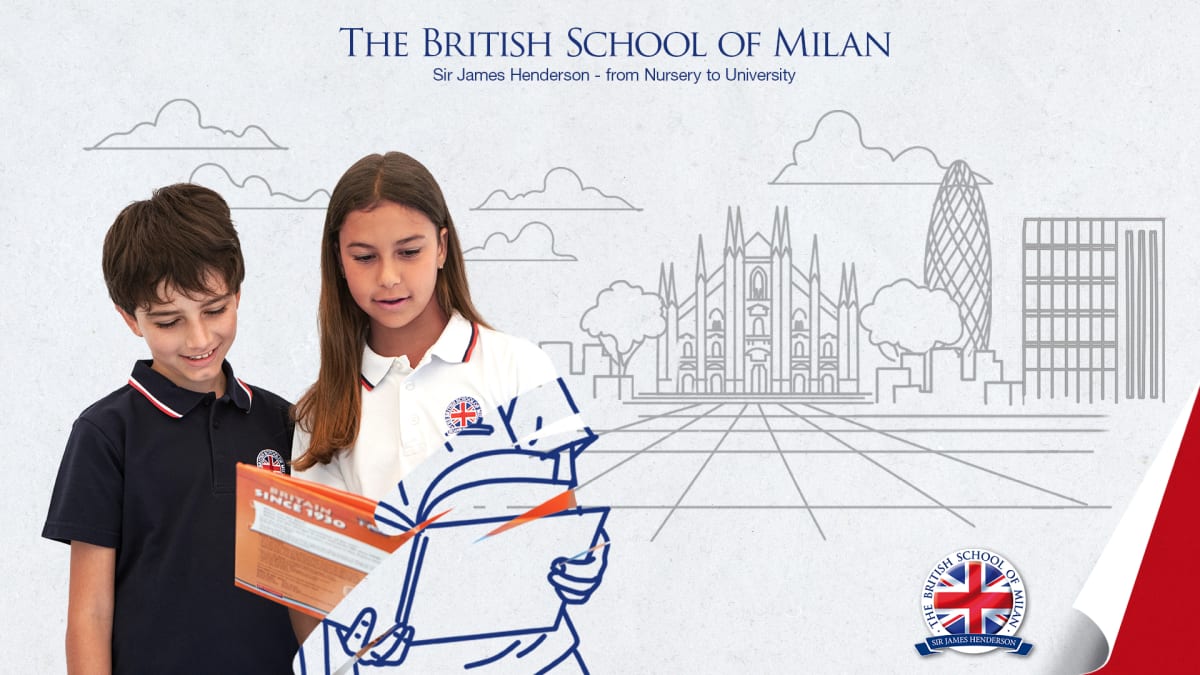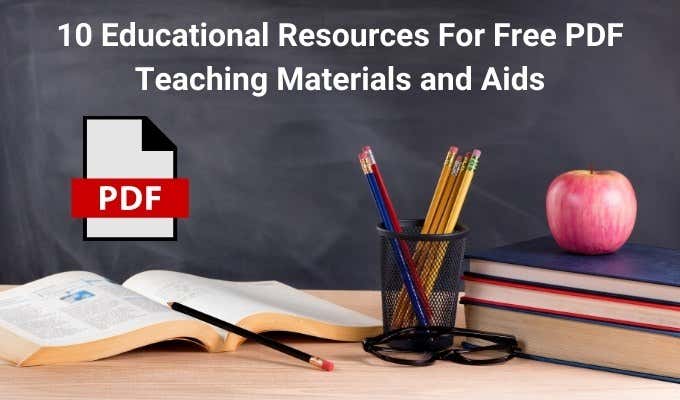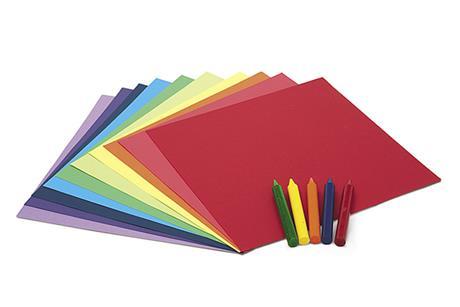Italian nurseries are known for their approach to play-based learning. They don't use textbooks or other traditional workbooks. Although books are not essential to children's development however, they can encourage a love of learning and support their language development. Here are some books that might be helpful for Italian nurseries Picture Books: Picture books aid children build their vocabulary and develop their imagination. They can also inspire a love of reading. They have vibrant illustrations and simple text.
Boardbooks: Boardbooks are heavy, robust books that are designed for children who are still learning to hold the book. They can help children learn about diverse topics like animals and shapes.
Nursery rhymes and songs: They play a crucial role in the process of the early childhood development. They help develop social skills, memory and language skills. Italian nursery schools could use song and rhyme books as part of their everyday activities.
Books about diversity and inclusion: It's important for young children to learn about diversity and inclusion from an young age. Books with characters of different backgrounds, cultures and talents can help children develop compassion and empathy.
Italian language Books: Italian preschools may use books in Italian to help their children improve their language skills and master the Italian language. These books can include simple tales pictures books, as well as books featuring Italian nursery rhymes and songs.
It is crucial to select books that are appropriate for the age group interesting, entertaining, and culturally relevant to children at the nursery school. Teachers and parents can use book to spark the interest of children and stimulate their curiosity about various themes and concerns. Follow the top rated schede didattiche italiano for blog advice.

What Maths Teaching Aids, And Educational Materials Are Recommended For Italian Nurseries?
Mathematics teaching materials and educational aids can help young children in Italian nurseries improve their spatial, numerical, and problem-solving abilities. These are some of the recommended resources.
Number cards and charts: Number cards and charts can be used to introduce children to counting and numbers. They could be big, colorful numbers that are displayed on the wall, or the smaller ones that youngsters can manipulate.
Shape manipulatives. Kids can discover different shapes through manipulatives for shapes. They comprise wooden puzzles, pattern blocks, and magnetic tiles.
Measuring tool: Measuring and measuring tools, such as rulers, measuring tools, and scales, can help kids to build and expand their mathematics vocabulary.
Simple games and puzzles Simple, easy games & puzzles that help kids develop their problem solving abilities and focus, such as dominoes or matching games.
Technology-based aids Tablets and other technology-based aids like tablets that have educational math apps and games can engage children and provide additional tools to help them learn.
It is crucial to utilize these tools in a developmental appropriate manner and to make sure that they're safe and suitable for young children. Teachers and parents can make use of these materials to design exciting and engaging math activities that encourage children's curiosity as well as passion for learning. Take a look at the best schede didattiche matematica sostegno for site examples.

What Are The Science Educational Cards Recommended For Italian Schools?
Science didactics cards can be used to introduce the fundamental concepts of science to young children. Below are a few examples of science-based didactic cards. It is possible to use illustrations of animals in their habitats to make learning more enjoyable.
Plant cards: Plant cards can aid children in learning about various plants and their characteristics. The cards for plants can be illustrated using images of various plants and their development stages. This makes the learning experience more engaging.
Weather cards. These cards teach children how weather affects the environment and different types. Illustrations can be used to illustrate the weather conditions like snow, rain, sun and clouds.
Space Cards: Space cards assist children to learn about the Solar System as well as the diverse planets. They could feature images of planets and their unique characteristics.
Human Body Cards: These cards aid children understand the different parts of their body as well as how they function. They can also include pictures of different body parts with their function.
Choose science cards that are interactive, age-appropriate and engaging for young children. Teachers and caregivers can to make use of these cards for engaging and fun activities that encourage children's interest in exploring the world. Read the best schede didattiche scienze sostegno for website info.

What Are The Most Effective Materials For Teaching Geography In Italian Schools?
Italian nurseries could use geography teaching tools to teach children about diverse cultures and the different settings. Here are a few examples of geography-related teaching resources: Maps. A map can be used to help students understand geography, and also the geographical features of different countries and regions.
Globes help children to visualize the earth's surface and are a great way to teach about the continents and the oceans.
Videos and images: Pictures and videos of locations and people from all over the world can help children understand diversity and different ways of living.
Books: Age-appropriate children's books that focus on different cultures could spark a child's curiosity and interest in the world.
Natural materials, including shells, plants and stones can be used to educate children about different ecosystems and environments.
Field trips. Field trips are an excellent method to provide your children with real-life experiences, as well as a chance to introduce them to geography.
It is essential to select geography teaching materials that are age-appropriate as well as culturally sensitive. These materials allow teachers and caregivers to design engaging and interactive activities that foster children's love of learning and curiosity.
